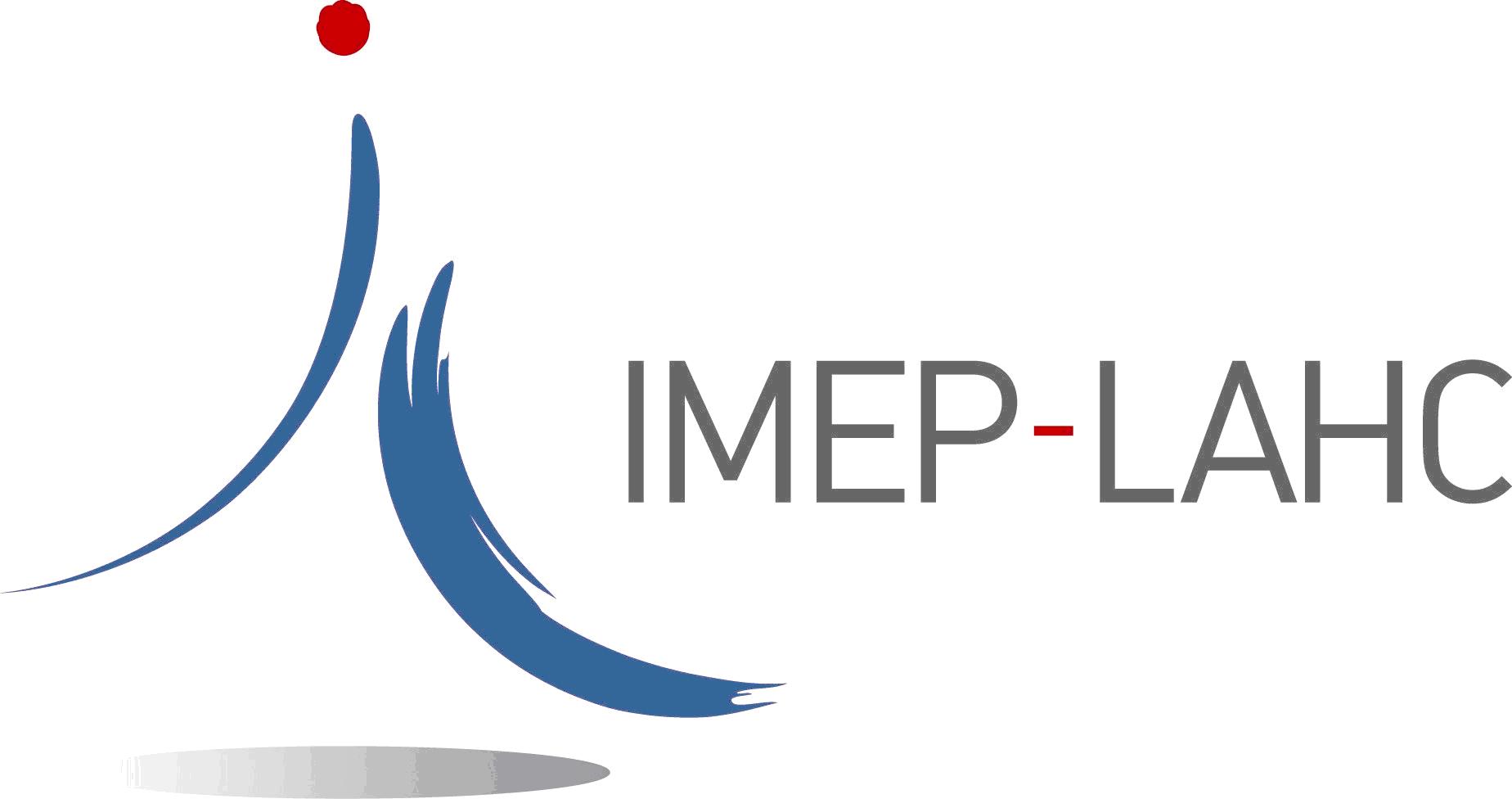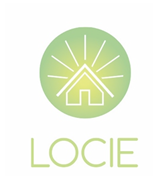Electromagnetic characterizations of saline solutions with an open-ended coaxial probe in high frequency domain
Published : 15 October 2021
M2 Training period subject
2021-2022
TITLE: Electromagnetic characterizations of saline solutions with an open-ended coaxial probe in high frequency domain.
Laboratory:
IMEP-LAHC and LOCIE
Supervisors:
Thierry Lacrevaz and Anne-Laure Perrier
Phone: 04 79 75 87 46; 04 79 75 94 18
E-mail: Thierry.lacrevaz@univ-smb.fr ; anne-laure.perrier@univ-smb.fr
Context et objectives:
Saline solutions as the water-lithium bromide (LiBr) working pair are used in absorption machine. Absorption machines are thermodynamic machines that allow the valorization of free and abundant heat sources (solar energy, waste heat) to meet the needs of buildings or industry.
To optimized the operation of theses machines it is necessary to know the temperature and the concentration of the solutions. We want to characterize the solutions of LiBr according to the frequency in order to realize sensors of temperature and/ or concentration. Characterization involves extracting the complex permittivity of the solutions according to the frequency. Figure 1 describes a complete liquid solution characterization system. A vector network analyzer will be used to perform measurements as a function of frequency. A coaxial probe will be immersed in the liquid to be characterized. The extremity of the probe will give access to an admittance or another relevant electrical quantity from which one can determine the complex permittivity.

The strong link between the complex permittivity of the solutions and the temperature and their LiBr concentrations will make it possible to design sensors based on the complex permitivity. Since LiBr solutions have high losses and high permittivities, characterization is not trivial.
Open-circuit coaxial probes are specifically developed for the characterization of liquids or soft materials because they have the advantage of being easy to use. Different techniques associated with the selected coaxial probes are proposed in the literature to extract the complex permittivity of liquids. These techniques [1,2] are often subject to strong assumptions which are only verified in cases where the liquids exhibit a low permittivity and low losses.
The work to be carried out will consist in studying the behavior of coaxial probes when they are immersed in liquids with high losses and high permittivities. In this context, will the techniques associated with the probes make it possible to extract the complex permittivity?
Works consist in electromagnetic modelling studies under HFSS software in order to apprehend the probes behavior regarding liquids with strong losses and strong permittivities. The aim will be to design and achieve probes in order to set up an experimental platform which will allow the high frequency characterization of saline LiBr solutions, that is to say extract their complex permittivities. The operating range frequencies will start to 200MHz up to 9GHz.
Description of the M2 internship topic:
The work to achieve will consist in performing electromagnetic simulations (HFSS) of an open-circuit coaxial probe immersed in different liquids; the probe is typically an SMA connector in contact with the liquid solution.
The first step is to observe and record the evolution of the lines of electromagnetic fields as a function of the permittivity and losses of the solution. These readings will make it possible to validate or not the hypotheses made in various published works: in particular, the maintenance of the shape of the field lines whatever the complex permittivity?
In a second step, probes will be fabricated and high frequencies measurements will be performed by diving probes in liquids to characterize. Extraction protocols will be developed to determine the saline solutions complex permittivities.
[1] Wagner & Al….. Numerical 3-D FEM and Experimental Analysis of the Open-Ended Coaxial Line Technique
for Microwave Dielectric Spectroscopy on Soil. IEEE TRANSACTIONS ON GEOSCIENCE AND REMOTE SENSING, VOL. 52, NO. 2, FEBRUARY 2014
[2] Seckin Sahin & Al….. Waveguide Probe Calibration Method for Permittivity and Loss Characterization of Viscous Materials. 978-1-7281-2056-0/20 – 2020 IEEE



 Contact us
Contact us How to find us
How to find us












